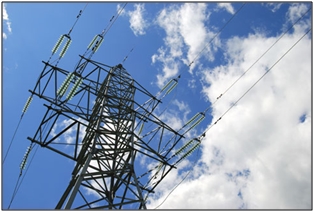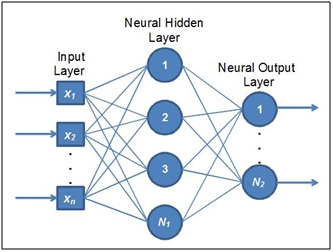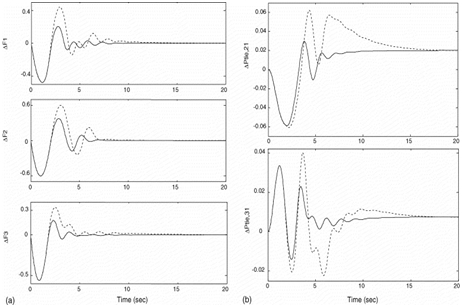Introduction
The importance of electricity in the present era cannot be falsified. The need is, thus, that we take necessary measures to ensure not only the safety of the power system equipment but also that they are receiving a continuous supply of electricity. During blackouts the continuous supply is interrupted leaving a strong influence on commerce, industry and our everyday lives requiring restoration within the shortest time interval.
Electricity utility companies have therefore, taken vital steps so as to decrease the social and economic cost caused by these power system blackouts. These measures include step-wise guidelines and operating procedures required to reinstate the power supply and serve as an aid to the operator. The chance of success for this system decreases because it is designed on basis of suppositions.
The emphasis in this post is on the factors that limit the functionality of PSR (Power System Restoration) techniques used currently and how these can be improved by applying the technology of ANN.
Defining ANNs
ANN stands for Artificial Neural Network and is based on the lines of the human brain and so is its performance when dealing with problems. Like other computational systems, this too comprises of simple and hugely interconnected processing elements in a large number whose function is the processing of information, in the form of input, due to its dynamic state response. ANN is based on non-linear computational elements, the results while deciphering a specific problem is obtained through this non-linearity making the results more precise when comparing it to other methods.
For applications such as data classification or pattern recognition ANN is specifically configured using a learning process which is the alteration of the synaptic connections between the neurons. This ANN system can be replicated using state-of-the-art hardware or software. In computer systems they are being employed as software packages or to integrate artificial intelligence in the control systems.
Back Propagation Algorithm
Back Propagation Algorithm is a type of supervised learning algorithm. This technique has been widely used in the preparation of multilayered neural networks and has also proved successful. In this the network is not only incorporated with the details of task performance but also on how to deal with the errors arising. These features prove beneficial in the fine-tuning of connections between the layers. This as a result improves the performance of the network.
Different Types of Conventional Restoration Methods
All in all there are three types of conventional restoration methods:
- Automated Restoration
- Computer Aided Restoration
- Co-Operative Restoration
This is a type of restoration method in which the development and application of programs is done through computer programs and no role of system operator. Supervisory control and the data acquisition system (SCADA) and the energy management system (EMS) are the main sources of data. The PSR program is installed which then develops a restoration strategy during the blackout. After this a switching sequence program is further liable to transmit the control signals to the circuit breakers and the switches via the SCADA.
In this method system operator is the one who is involved in the advancement and operation of the PSR plan. The data source is again local SCADA/EMS in this case. The PSR plan is organized based on the power system data provided by the SCADA/EMS by the system operator, following a wide area disturbance and it then formulates the restoration plan. The transmission of the control commands is done for the application of the PSR using the local SCADA/EMS.
In this method the PSR design is suggested by the computer program which has been fed at the EMS after the blackout has occurred. SCADA/EMS serves again as the data source and the system operator is the one who operates the PSR program. During blackout the restoration plan will be formulated by the PSR program and using this operator sends the signals to the circuit breaker and switches.
Proposed ANN Based Restoration Scheme
Island Restoration Schemes (IRS) is the main component of this restoration scheme. Its function is to develop an island restoration plan while the system is recovering from the blackout. It will use the parallel restoration technique along with the “all open” switching strategy, all circuit breakers remain open. Two ANN’s and a switching sequence are the components of the IRS. First ANN acts to forecasts the island restoration load and the second determines the configuration of the final island. The switching sequence decides the energy required for the transmission path to complete the configuration of the final island.
Restoration plan is presented by the scheme to the EMS and the operator then applies the open switch strategy. It is necessary that system is in steady state when islands are restored, the operator closes the tie-lines.
Restoration Constraints
The following limitations are faced during restoration procedure. These include the number of transmission lines, their thermal and stability limits, voltage they can bear and the locked-out circuit breakers.
Conclusion
The use of artificial intelligence that is the computer aided programs for energy restoration has increased. The system operator is liable to make misjudgments considering the stress and short time limit required for the restoration. ANN is one such method and has proved to be highly effective to be used for restoration.


